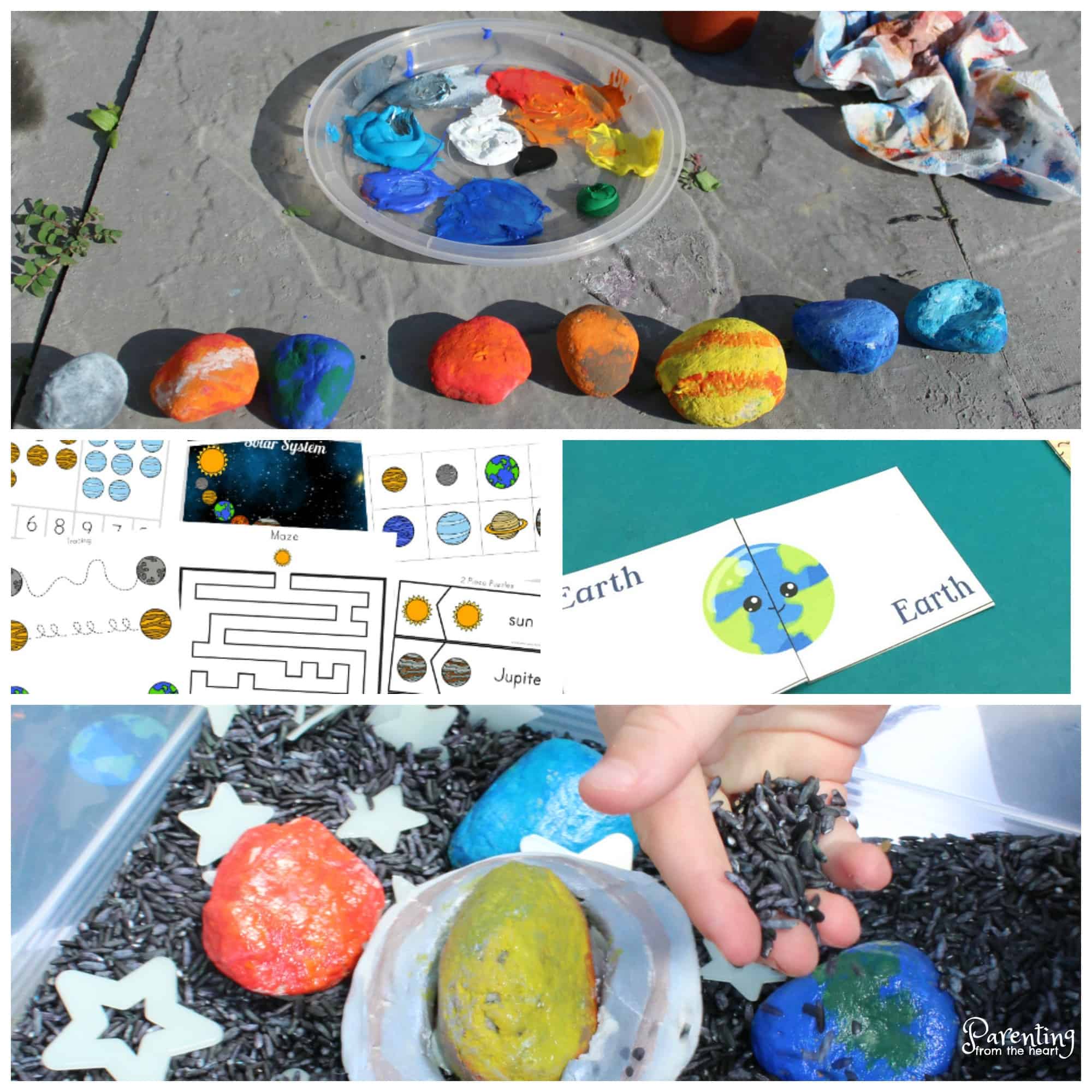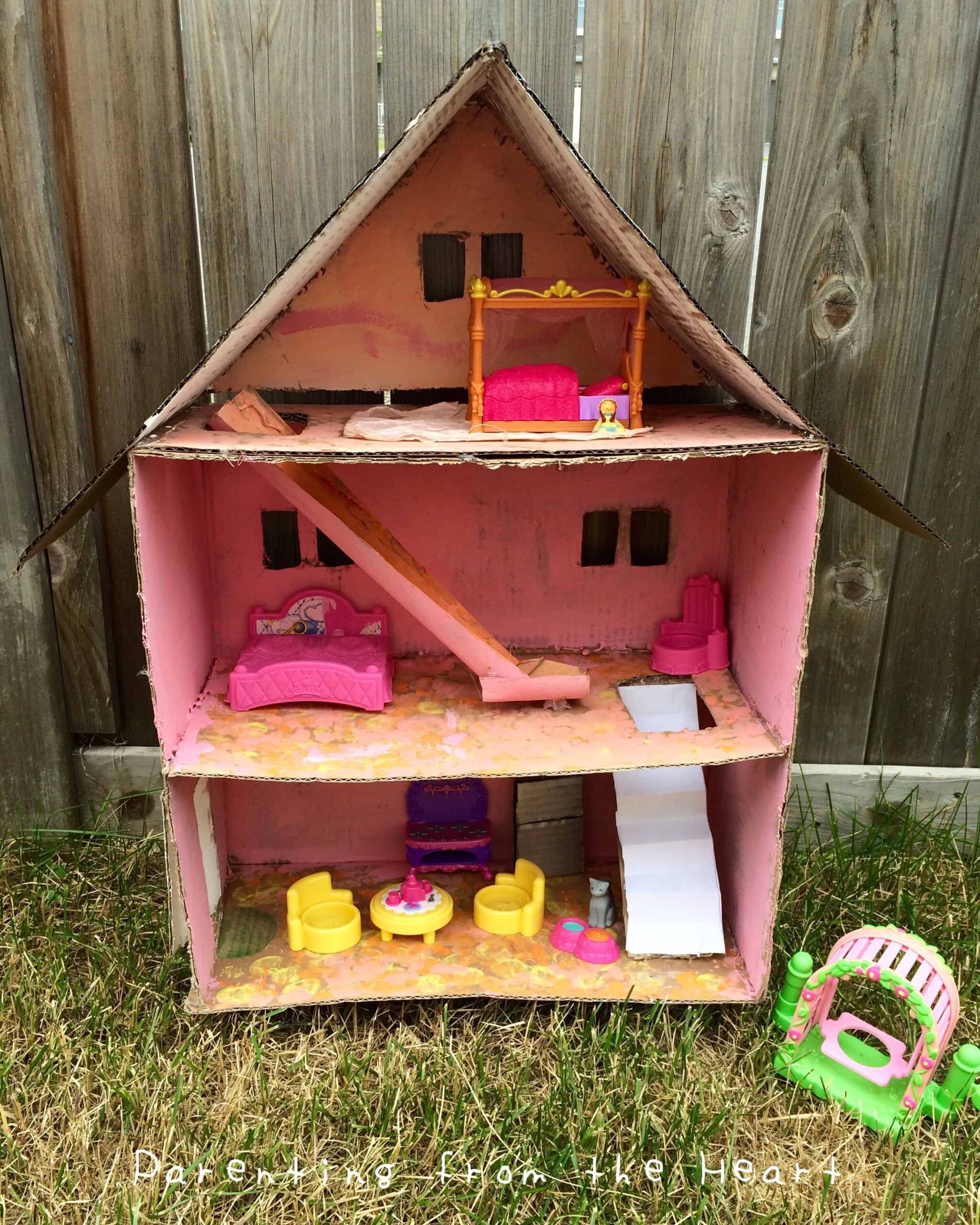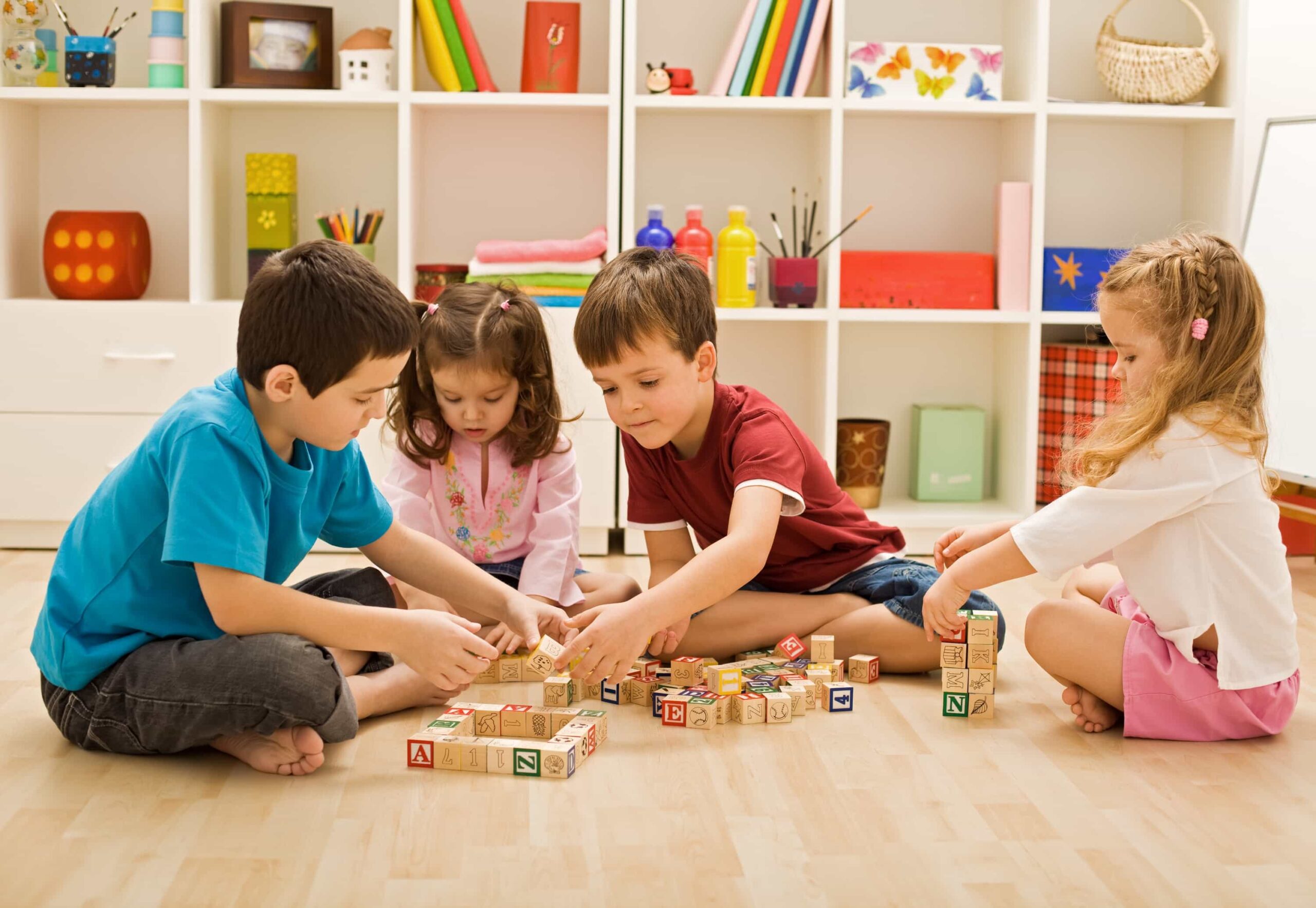
I’m a big Holiday girl. Easter, Thanksgiving, Halloween, Christmas, you name it, I get really excited. I immediately get crafting with my kids and envisioning how the days leading up to the Holiday as well as the big day will go. There is a holiday that I’m a bit of a Scrooge, however. And, it’s New Years.
I can’t remember when I became ambivalent about the Holiday. But before having kids and working in the restaurant industry, I would take the opportunity to make money over spending money any ol’ time. When I was pregnant, New Years became an event and home. Now that I have early rising kids, the idea of staying up until midnight is not my idea of fun. However, I won’t turn down the opportunity to have a little extra fun with them. So this year, we will have fun with our little ones doing things they love, tuck them into bed and be in bed ourselves early. While I have had fun buying cheap dollar store items and letting them drink 7Up from plastic wine glasses, I decided to ask some of my favourite bloggers for their best ideas for New Years kids activities. Here are over 15 simple New Years kids activities to enjoy at home!
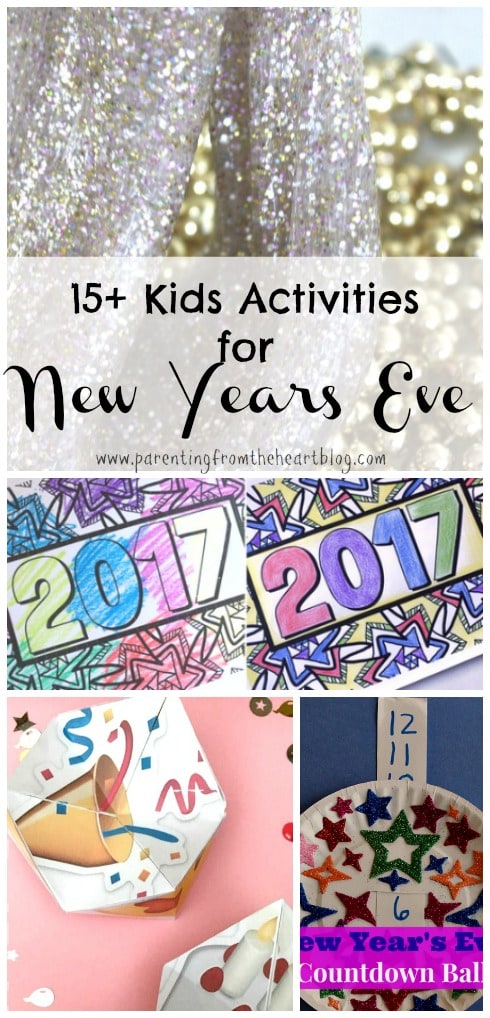
15+ New Years Kids Activities for New Years at Home
Celebrate with Confetti Poppers for Kids’ New Years Eve // Little Bins for Little Hands
Create a New Years Eve Memory Jar // Messy Little Monster
Use this NYE Printable for your memory jar // Create Craft Calm
Have each child make a personal New Years Eve Countdown// JDaniel4’s Mom
Set up a Mystery Count Down Using Balloons and Clues // Life with Moore Babies
Have a Kids New Years Party using Jello in champagne glasses & more // Adventures in Familyhood
Paint Firework Toast // Messy Little Monster
Have some sensory fun with Glittery Party Slime // Little Bins for Little Hands
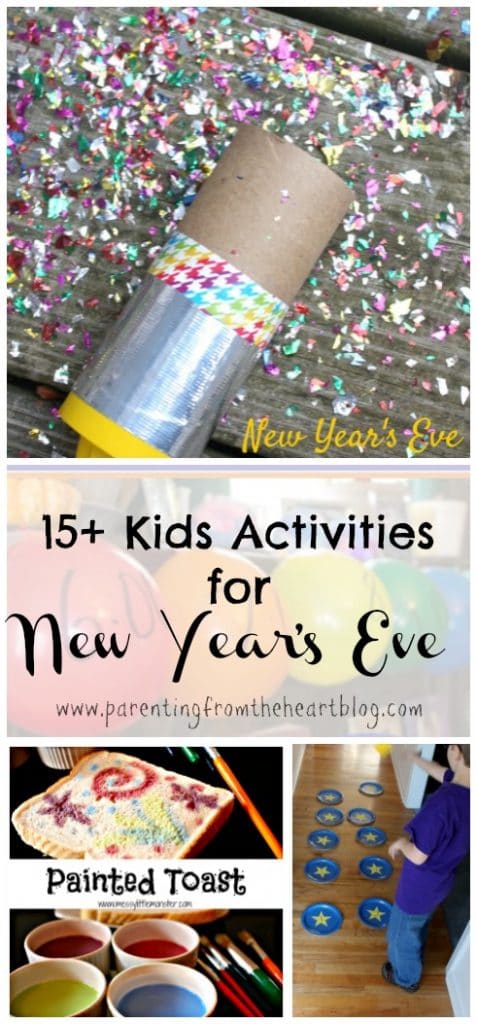
Make DIY Party Blowers // Mommy’s Bundle
Create Firework Sensory Bottles // Messy Little Monster
Make a Countdown Bean Bag Toss // JDaniel4’s Mom
Set up a Balloon Countdown for each hour // Life with Moore Babies
Print off New Years Coloring Pages // Twitchetts
DIY your own NYE Confetti // The Gingerbread House
Print off and colour NYE Emoji Paper Kaleidoscopes // Red Ted Art
Create Family Kindness New Years Resolutions // What We Do All Day
Paint with Fizzing Fireworks Paint // Views from a Step Stool
Read Children’s Books that Celebrate New Years // What We Do All Day
I hope you have a blast trying these New Years kids activities! We can’t wait to try our hand at so many of these!








